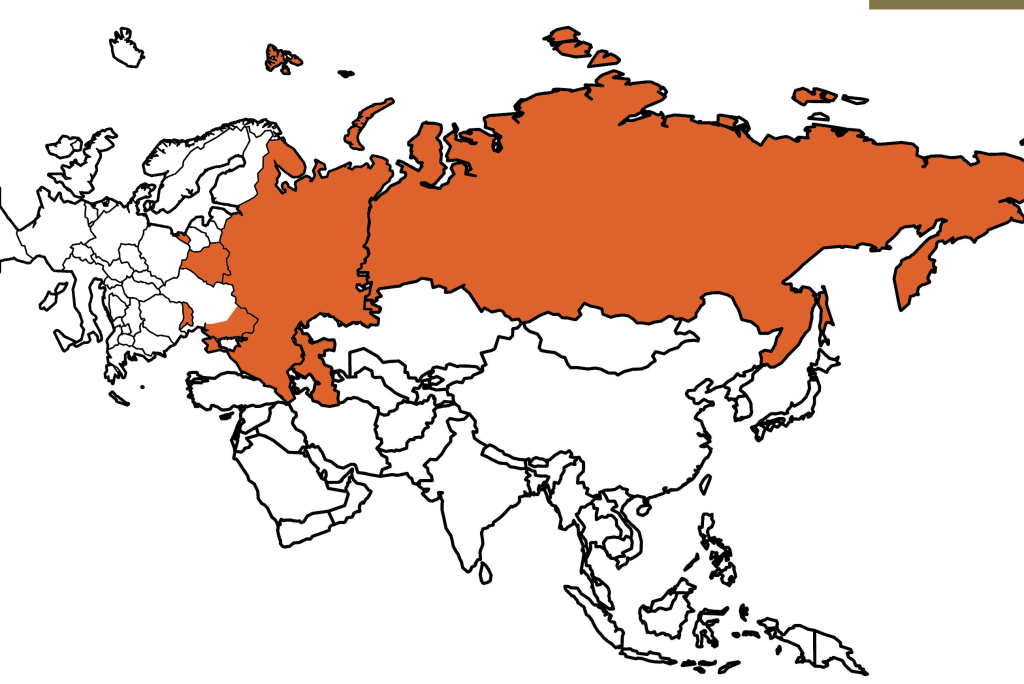Russia in 2034

The year 2034 finds Russia in a distinct phase of its history, characterized by a notable shift from the era of Vladimir Putin’s leadership. Four years prior, the Russian leader stepped down as part of a peace agreement with Ukraine, marking a significant turning point in the region’s geopolitical landscape. In the wake of the agreement, the Russian military withdrew to pre-2014 borders in both the east and the west, while Crimea in the south was granted autonomous status.
Following the peace deal, Ukraine made a momentous decision to join NATO, resulting in a reduction in its wartime military size. Remarkably, this would have elevated Ukraine to the rank of the 4th largest NATO standing army. Nevertheless, Russia’s military, now positioned as the third-largest globally, still exceeded the combined strength of European forces, trailing behind only China and the United States in terms of military might.
The aftermath of the war had a profound impact on Russia, as the nation struggled to recover from a conflict that exacted a heavy toll on both civilians and soldiers. The loss of tens of thousands of lives and the degradation of economic and military power sent shockwaves through the country. However, Russia displayed remarkable resilience, transitioning its economy into a near-total war footing. This allowed the nation to harness its vast geographic expanse, exploiting abundant mineral and energy deposits deep within its interior. However, the war took a significant toll on the world economy, acting as a primary drag on global progress for nearly a decade.
The peace deal with Ukraine led to the partial lifting of sanctions and a return to normalized relations with the West. Nevertheless, the Russian state found itself constrained by remaining sanctions, particularly concerning military and advanced technology. The ensuing mass migration of elites and educated Russians from the country further compounded the nation’s decline.
The geopolitical landscape of Russia’s alliances and rivalries also underwent substantial changes. The primary rivals of the Russian state are the United States and the European Union, with China occupying a more nuanced position of competition. Meanwhile, Russia found allies in the African Union, South America, and former Soviet states in central Asia and Europe, forging partnerships that held significance in shaping regional dynamics.
Within its military apparatus, Russia maintained a blend of late 1990s, 2000s, 2010s, and modernized equipment, combining elements of the old and new. Like the United States, Russia boasted large quantities of ground vehicles, while its Navy remained substantial and capable, with the construction of new ships continuing throughout the post-war era. The Russian Air Force remained formidable, having preserved its combat experience from engagements in both Syria and Ukraine.
As history unfolds, Russia finds itself navigating an intricate tapestry of challenges, transformations, and geopolitical realignments. The decisions made in the post-Putin era hold profound implications for the nation’s future and its place on the global stage.